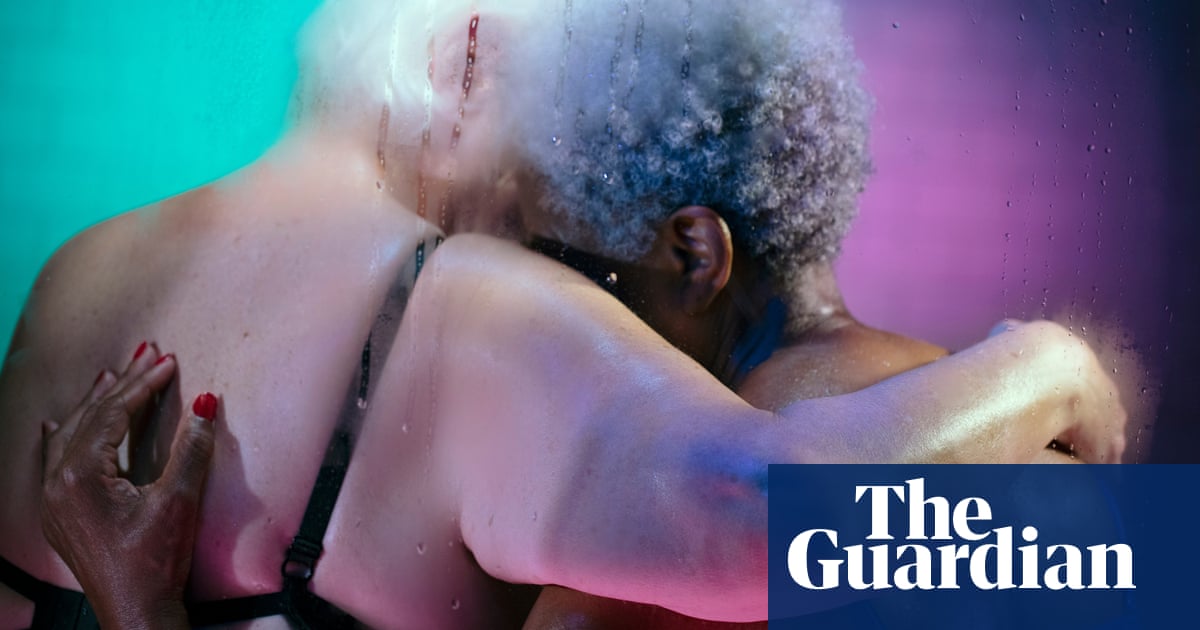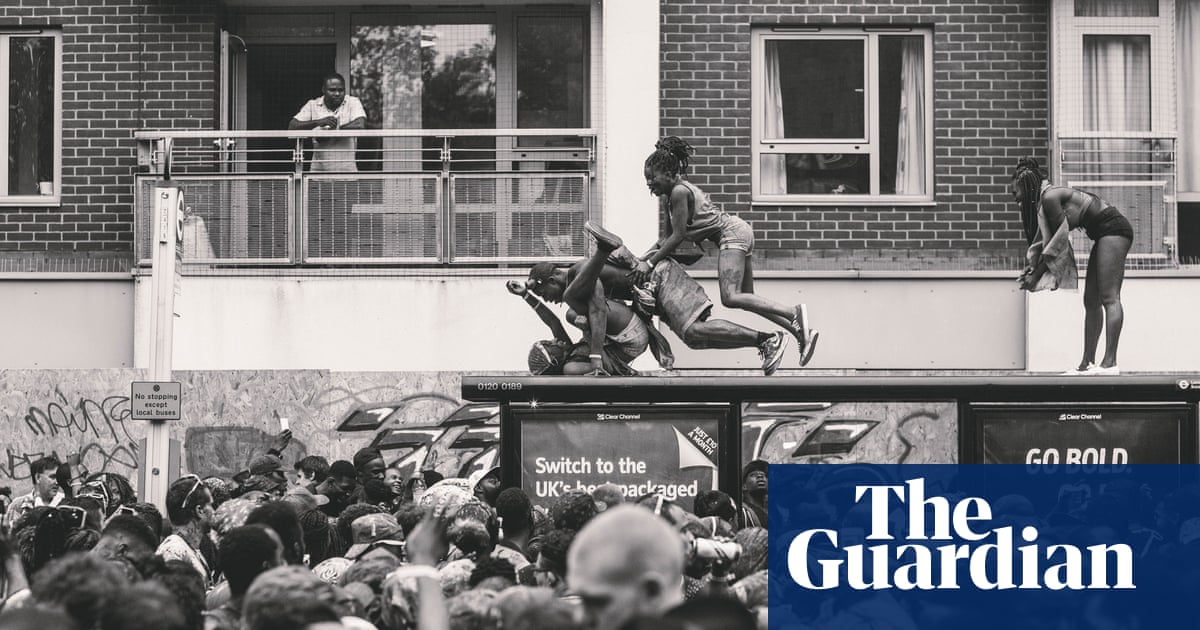
As a kid, I was fascinated by the documentaries of Jacques Cousteau. There was nothing else quite like them – they were a weekly TV appointment. My family lived not too far from the sea and, although that coast wasn’t great for diving, my brother and I used to pretend we were exploring beneath the waves, like Cousteau. My parents would tell us not to go in the water straight after lunch, and warn us to stay away from crabs and jellyfish. When I got into my teens, I used to complain that they were only interested in going to the beach to take in the sun. I thought if my dad was a diver, or if we’d grown up in somewhere like French Polynesia, I could have learned so much more.
But now I realise that would probably have killed the sense of adventure that still drives me to this day. In my photography, I try to focus on the mysterious – creatures we know little or nothing about. The oceans are full of animals and places that have never been photographed, but reaching them often poses a challenge, sometimes a dangerous one. I think mysterious things inspire more respect than those that are merely beautiful, though. The urge to be in front of something bigger than me, something weird, strange or scary, something I don’t understand, is what pushes me to explore.
In 2010, I became the first diver to photograph a living coelacanth, the fish once thought to have become extinct during the age of the dinosaurs. This particular specimen was in a cave 120 metres below Sodwana Bay, off the east coast of South Africa, where coelacanths are known as gombessa. Since then, my ongoing gombessa project has included several further expeditions, during which I’ve photographed spawning groupers, 700 sharks in a feeding frenzy beneath a full moon, and deep sea ecosystems under Antarctic ice.
Our HQ for Gombessa 3, the Antarctica expedition, was the Dumont d’Urville scientific base. The whole team was aware of what a huge privilege it was to have access to these facilities for three months when the base can only accept 100 people a year, despite having thousands of requests from researchers. Every day, we were coming back with unique images of deep-sea biodiversity.
The metaphor about the hidden part of the iceberg is a common one. While we were in Antarctica, I started to wonder if, for once, it might be possible to literally show that – just the hidden part. There are some gigantic icebergs where you just can’t do that, because they’re kilometres long and are moving, so there’s no way to get a panoramic shot. But I found this little one where the top was trapped in the ice floe on the sea’s surface, so it wasn’t moving. What’s more, the bottom of it didn’t reach the ocean floor, meaning light could pass below. The light on the face of the iceberg was perfect. It’s all natural. The divers with their torches are just there to give a sense of scale. It was as if I was taking a photograph in a studio.
Although this was small by iceberg standards, it was still far too big to fit into the frame of a camera close-up, and further back I couldn’t get an image with any clarity. My solution was to sink a very long line with weights to the ocean floor and create a gigantic net in front of the iceberg at the distance I wanted. Then I had to swim along this net taking a picture at each square in its grid with my wide-angle lens until I had captured the whole scene.
It took my friend and me two days to prepare the net, then two or three hours of diving to get all the pictures. The 147 photographs were stitched together by computer to create the finished image - the first time we had seen the whole mass, which had extended beyond our field of vision as we swam beside it. That was a great moment – when it appeared in its entirety on the screen. The longest dive we did on that expedition was five hours, in water at a temperature of -1.8ºC. It took months for the pain to leave my toes. Nearly 10 years on, they are still damaged – but images like this one make all the pain worthwhile.
This image features in 60 Years of Wildlife Photographer of the Year: How Wildlife Photography Became Art, available in hardback from nhmshop.co.uk
Laurent Ballesta’s CV
Born: Montpellier, France, 1974
Trained: Marine biologist
Influences: Jacques Cousteau
High point: “Winning the Wildlife Photographer of the Year, awarded by the National History Museum in London, four times”
Top tip: “Don’t try to make images that are better than those made by other photographers – just try to make yours different”












